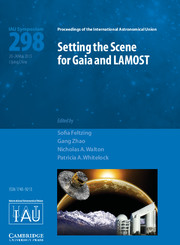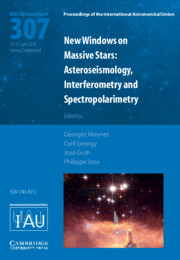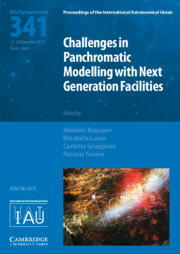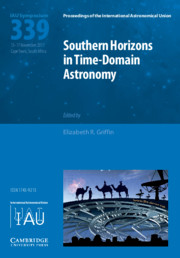Setting the Scene for Gaia and LAMOST (IAU S298)
Gaia is an ambitious satellite mission to chart a three-dimensional map of the Milky Way. By measuring the proper motions and parallaxes for a billion stars, Gaia is set to transform the way we study the composition, formation and evolution of our galaxy. Concurrently the LAMOST survey facility in China will make a complementary spectral survey of millions of objects in much of the northern sky. This volume, comprising the reviews and contributed talks presented at IAU Symposium 298, is an up-to-date review of what we know about the Milky Way as a galaxy prior to the launch of Gaia. It covers many topics including the status of dynamical simulations, photometric and spectroscopic surveys, and interstellar matter in the Milky Way, as well as detailed studies of stellar atmospheres. The expert reviews will interest all those working on Milky Way astronomy as well as galaxy formation and evolution.
- An up-to-date summary of a range of astrophysical phenomena and current observations of the Milky Way
- Of interest to those working in the field of large-scale surveys of the Milky Way
- Gaia is expected to revolutionise our understanding of the kinematics of stars in our galaxy
Product details
January 2014Hardback
9781107045293
284 pages
253 × 177 × 23 mm
0.9kg
200 b/w illus. 1 colour illus.
Out of stock in print form with no current plan to reprint
Table of Contents
- Preface
- 1. Observing the Milky Way
- 2. Modelling the Milky Way
- 3. Interstellar medium and dust
- 4. Gaia, LAMOST and the large surveys
- 5. Elemental abundances in stars – pitfalls for interpreters.






